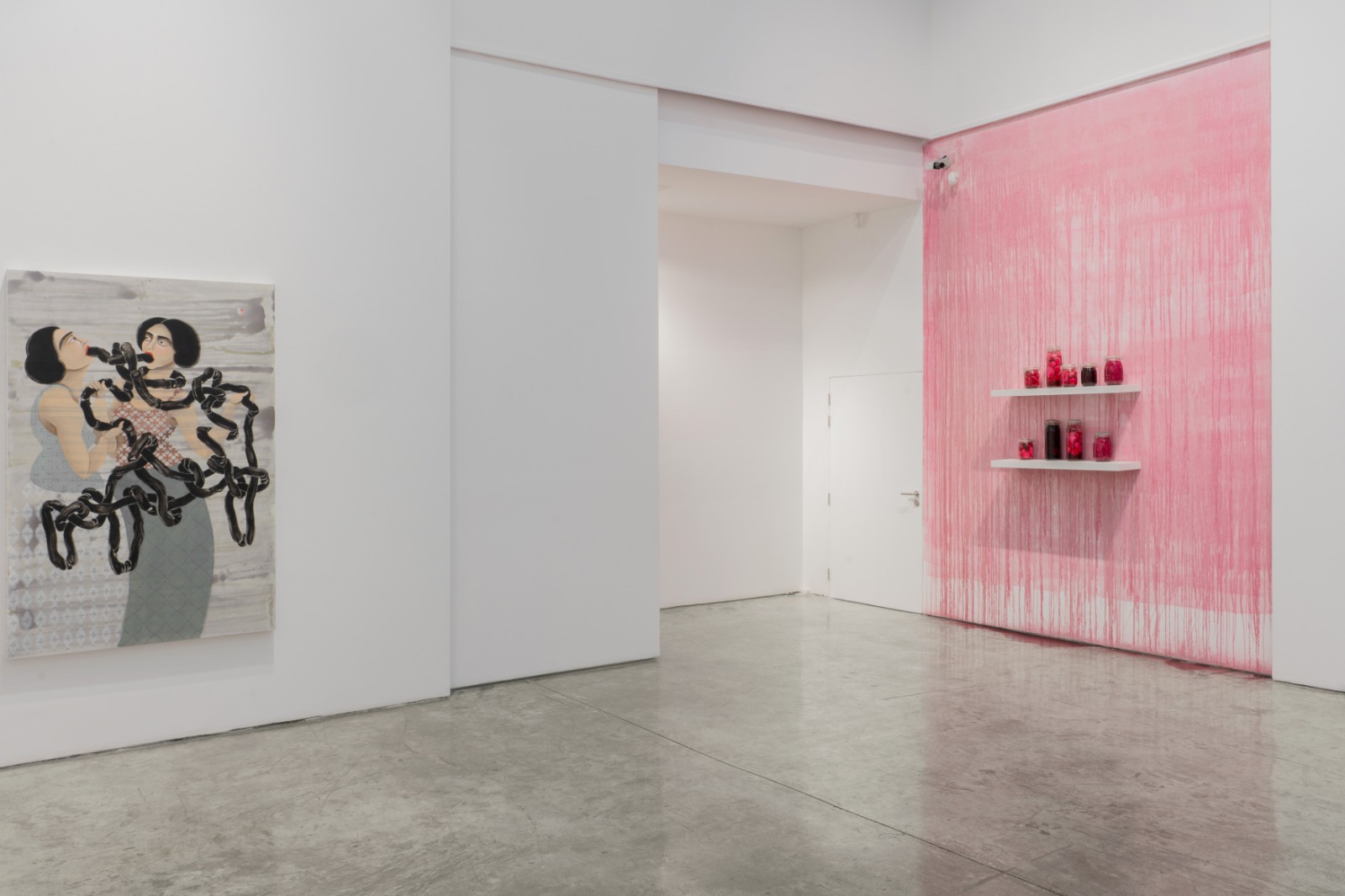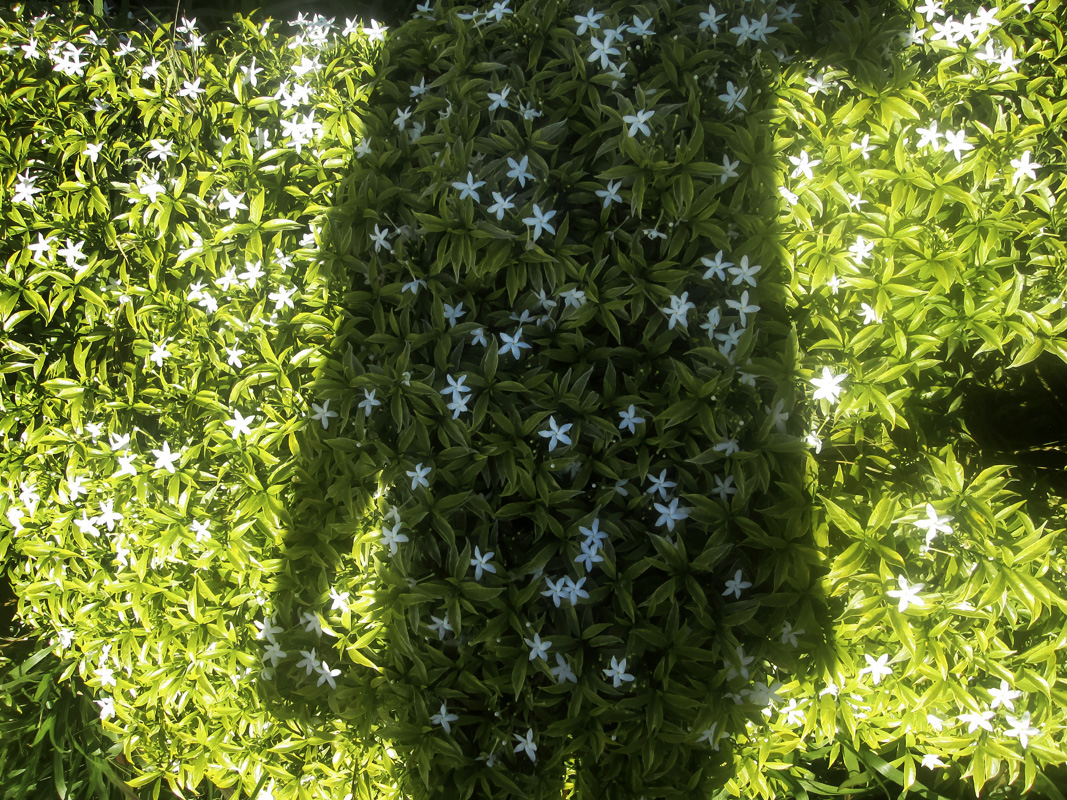DIFC ART Nights are always full of surprises and this time I was happy to discover the captivating fine art photography of Mohammad Kamal.
His photo exhibition OUTLANDS at the Empty Quarter gallery featured a collection of landscape and portraiture works that explore remote locations and rural outposts in China and the Arctic Circle. I was immediately mesmerised by the poetic beauty of his shots and after chatting for a few minutes, I realised the artist had a lot more to say and this is how this interview was born.

Could you tell us a bit about your creative journey?
I became serious about landscape and portraiture photography around 6 years ago, but my interest in it began at an early age. My father took incredible family photos using film cameras, which when compared to the tools available today, makes it much more of an art. Going through our collection of thousands of photos stored at home was where I began appreciating the art of photography.

I began experimenting with portraits of animals and people, and then decided to explore landscape photography, which I find very technical, but highly artistic. What draws me to it is the process of constructing the image, and almost treating it like a painting; it requires careful composition, planning, weather research, etc. You need to think of the direction of the light at the time of day you are working with, objects and elements that may impact the composition, and how you’re going to execute the shot. I love that process of controlled, deliberate preparation.

Sunrise over the Li River bend
Do you follow any rules or techniques when it comes to photography?
In terms of techniques, I apply what the image requires, be it focus stacking, disciplined use of HDR (as and when truly needed), panoramic stitching, or perspective shift. However, the main ‘rule’ of landscape work that I like to break is the definition of a landscape shot in itself; that this discipline of images focuses on nature and is devoid of human presence. I like to think of people as being part of the story; participants that belong in and are truly at home in their surroundings, behaving as though their observer is invisible to them.

What is you post production process like?
I usually end up with a large set of candidate images that I first catalogue and group according to quality and potential on Adobe Lightroom, which is where I also do 90% of my post processing. Large panoramas and images that need more detailed work (for example, removing another photographer from the image!) are usually finished up on Photoshop. For ‘surgical procedures’, like addressing unwanted lens blur or image noise, I find that Topaz Labs AI software can do some remarkable things to bring an image back from the dead.
Although I have a rule to only recreate what the eye saw during a shooting session, I am not against extensive post processing, as long as no egregious manipulation is done. All of my images in the OUTLANDS series are ‘true to eye’; everything is as close as possible to what the eye saw at that moment.

You travel a lot for your photographic projects. What are your three top favorite destinations so far and why?
Peru and particularly the Andes mountains and the various villages along the Salkantay mountain trail are a photographic goldmine. I did a ten day hiking trip there and came across some beautiful landscapes and wonderful subjects to photograph.
I visited the Guilin region of China in September 2019, a few months before the current pandemic broke out. Several of the images in my OUTLANDS exhibit are from there. It has spectacular karst hill formations that make for mesmerizing landscape photos. Like any other destination that holds beautiful nature, some parts are overcrowded with tourists. But others are completely hidden and secluded, and that was the best part of exploring it.
India is an endless source of inspiration and subjects. I visited Rajasthan, and then Uttarkhand during the 2016 Kumbh Mela pilgrimage and festival, and was overwhelmed by the photographic opportunities I came across. People were extremely cooperative and willing to have their photo taken.

How do you prepare for a photo trip ?
I first learn about the place: who lives there, what do they do, what history and culture does the place possess. Then I look at potential for good landscape shots, simply by looking up images online and seeing if the place is already well photographed or not. These two things inform my initial decision to go somewhere, and why I am photographing it. If it has a special identity or character, I would be able to compose a visual theme.
Once I have a basic idea, I decide the timing of the trip (what time of year do the fields turn golden yellow? When are caves and paths accessible?), and usually look up the locations to understand the direction of sun and moonlight on the dates I plan to be there.
I only travel alone, with the help of local guides; I find it is far better in terms of remaining focused on the process and being creative.
Despite the planning, the best results actually have come from chance encounters, or when I try to make the most out of a cloudy day- that is usually when things get creative and original.
In terms of gear, I carry backups and spares of almost everything; cameras, tripods, filters, and I even carry two different wide-angle lenses, in case one is damaged. I’ve recently taken up aerial photography, and space permitting, would have my drone handy. I do a lot of editing on the road and in airports, so my laptop and a backup drive are essential.
What are some of the challenges you meet and how do you overcome them during photo trips?
The weather is both your best friend and an unbeatable opponent… It is the number one factor that you have no control over. You can plan the perfect trip but end up stuck indoors for three days because of a snowstorm. The flipside of that is that bad weather also produces some dramatic imagery, and I’ve been on the lucky side of those situations more than once.

When working with portraiture of people you just met, getting them to open up and be themselves is always a challenge. Even the most cooperative and nicest people will grow tired of it in a few minutes, and that’s typically just when the shots start to become more authentic. Keeping them engaged and comfortable is often difficult.
How has the pandemic affected your work since traveling is problematic?
Two great things came out of being in lockdown for several weeks; I managed to tackle the 5,000 unprocessed images from previous trips, and I was able to prepare and put together my current exhibit. One of the main images in OUTLANDS was actually one that I had previously overlooked, and would never have found had I not had the time during the pandemic to dig into my photos and process them all.

You just had your first exhibition, how did it go and what was the feedback like? Did you get inspired from it?
Working with a gallery that has exacting standards like The Empty Quarter was a huge learning experience, and a swift education in the workings of the fine art photography world. The exhibition went extremely well, and the feedback was highly positive. Speaking to attendees, collectors and visitors helped me better understand what different audiences value in a piece, whether it is the backstory, visual and intrinsic impact, technical aspects, or the originality of the work. I am absolutely inspired to begin working on the next series, and to come back with a fresh set of images to display.

If you could give any advice to yourself when you just started photography, what would it be?
There are so many images that were absolutely amazing portraiture opportunities that I completely messed up back in the early days, simply because I didn’t have a handle yet on the basics of depth of field, exposure, and lens optics. I still look back at one image in particular that I shot in Peru that was an absolute gem, given that it was a spontaneous street shot of an old man that was very compelling. My shutter speed was too slow, and the exposure was way off. I’ve tried to fix it using all sorts of AI software and have finally resigned myself to knowing that it’s not usable. Investing the time early on in mastering the technical side of things would have spared me a lot of disappointment. Having said that, learning ‘in the field’ is probably the best way to learn, and to find out what really makes a great shot. You just have to accept that your early work will remain just that- a stepping stone.

What roles does social media play for you as a photographer?
I use social media a little differently than you would expect- its main use to me is in discovering, following and learning from other photographers, rather than promoting my own work. It’s great for finding inspiration for a new location or compositional idea. I also try to get a sense of where the field is headed, and gauge what the future of photography is going to be. You get to know what resonates with the public, critics, and editors rather well that way. Its also a great way to discover which locations and compositions have been exhausted and overdone, as more and more photographers almost replicate the same image in their posts, perfecting their execution even further but forgetting to seek out a new angle on an old idea.

What are your plans for 2021?
Like everyone else, I’m keen to get back out and shoot again. But I think I will be focusing more on developing my style further. I’ve been studying the work of well-known photographers like Gregory Crewdson and Stephen Wilkes, both of whom work with sprawling images that tell stories across a large frame, but using completely different approaches. I’d like to develop my panoramic style into something as studied and deliberate as their work, and to focus more on the storytelling capability of a photograph.
See more of Mohammad’s work on his website mokamal.com and follow his journey on Instagram @MoKamalPhotographs
Stay inspired,
Slava Noor



